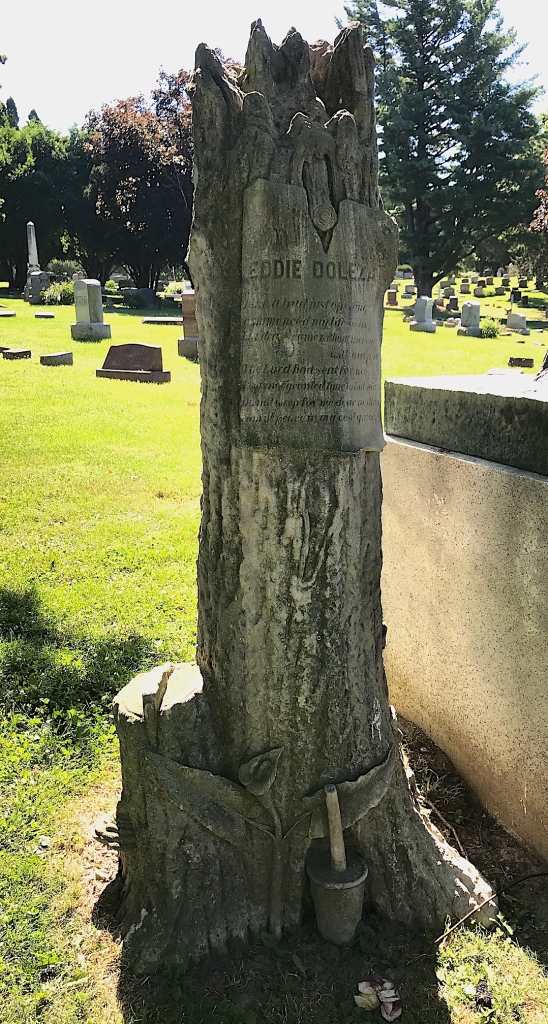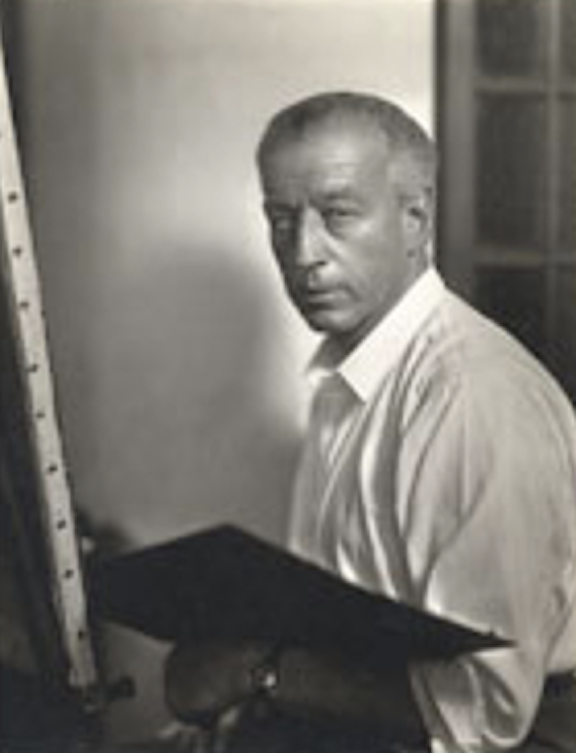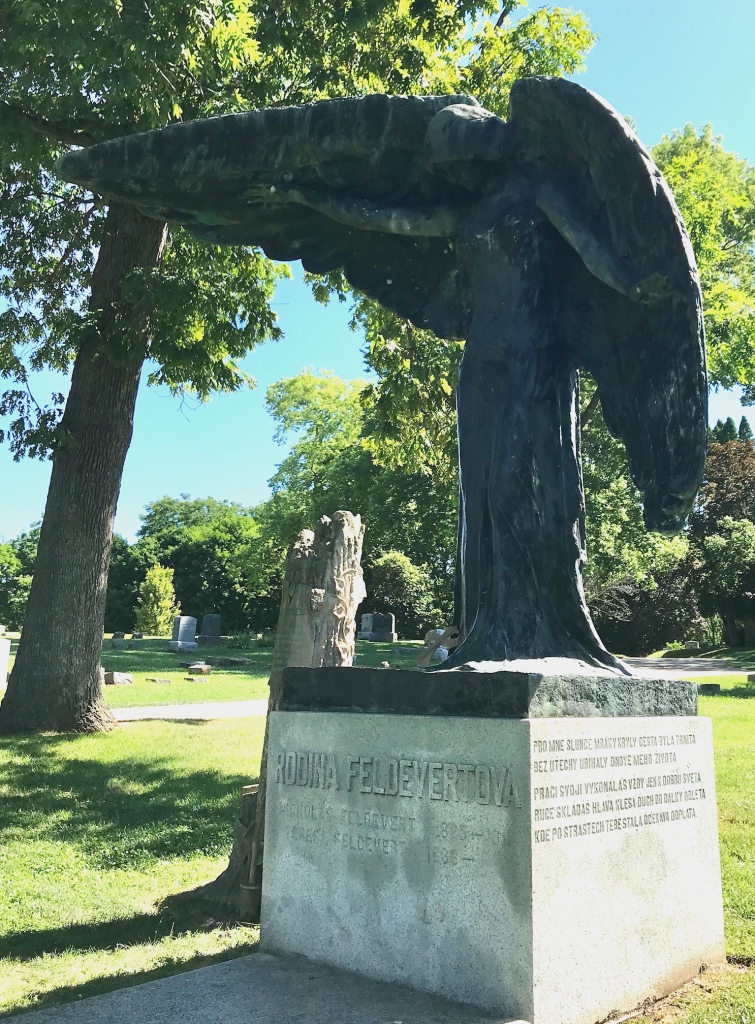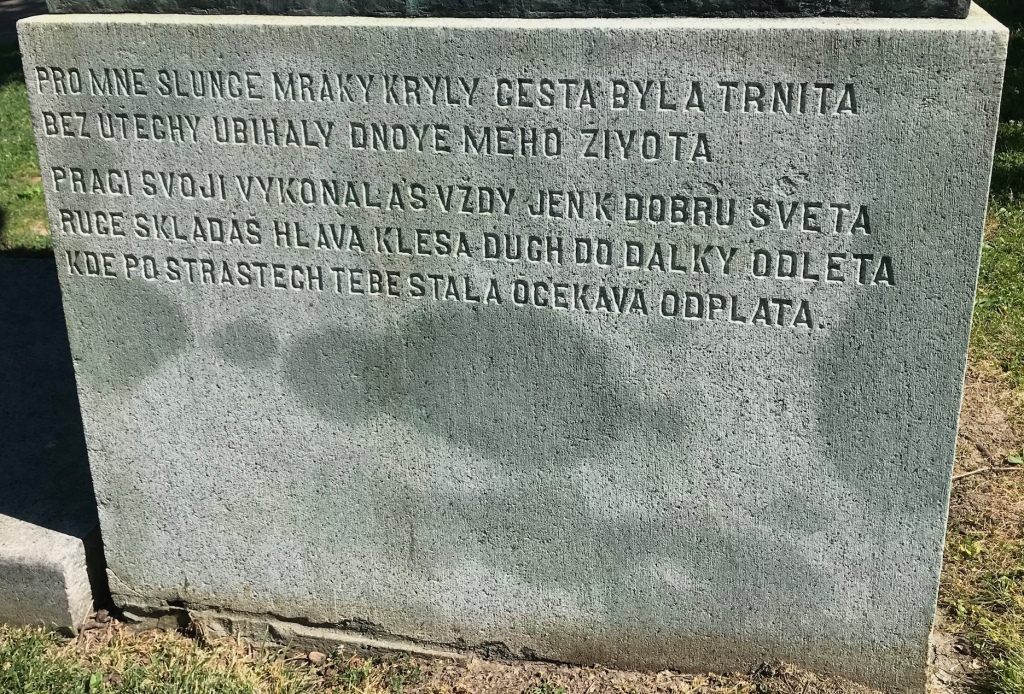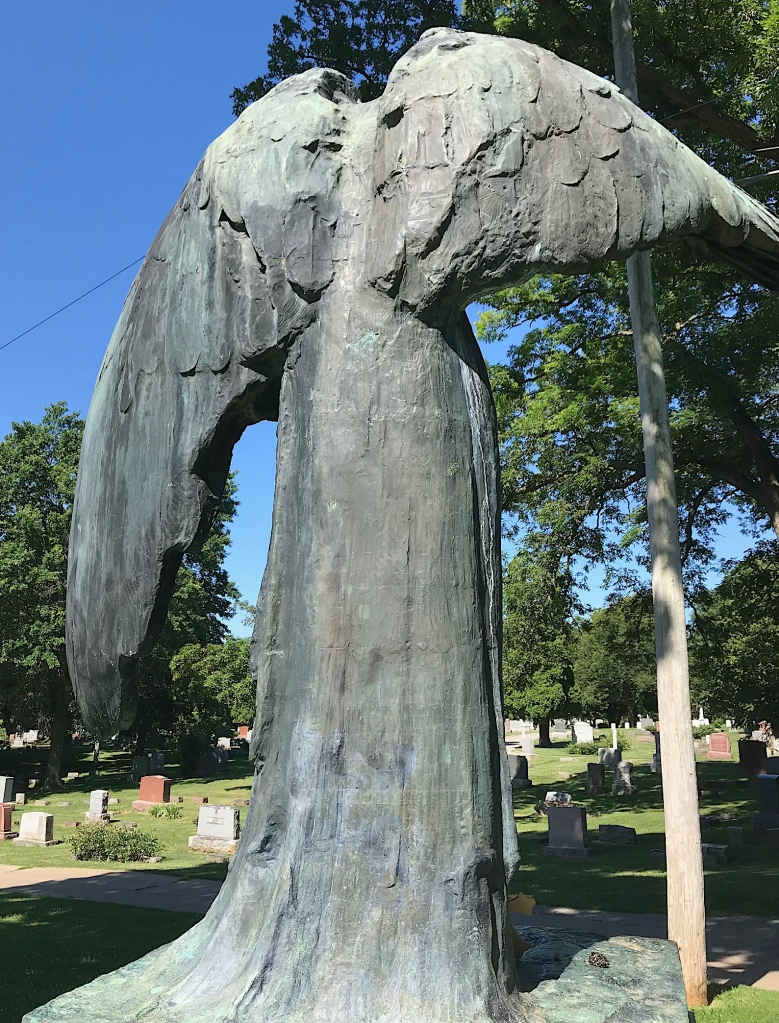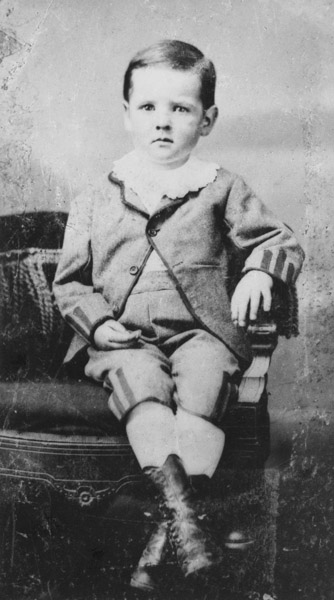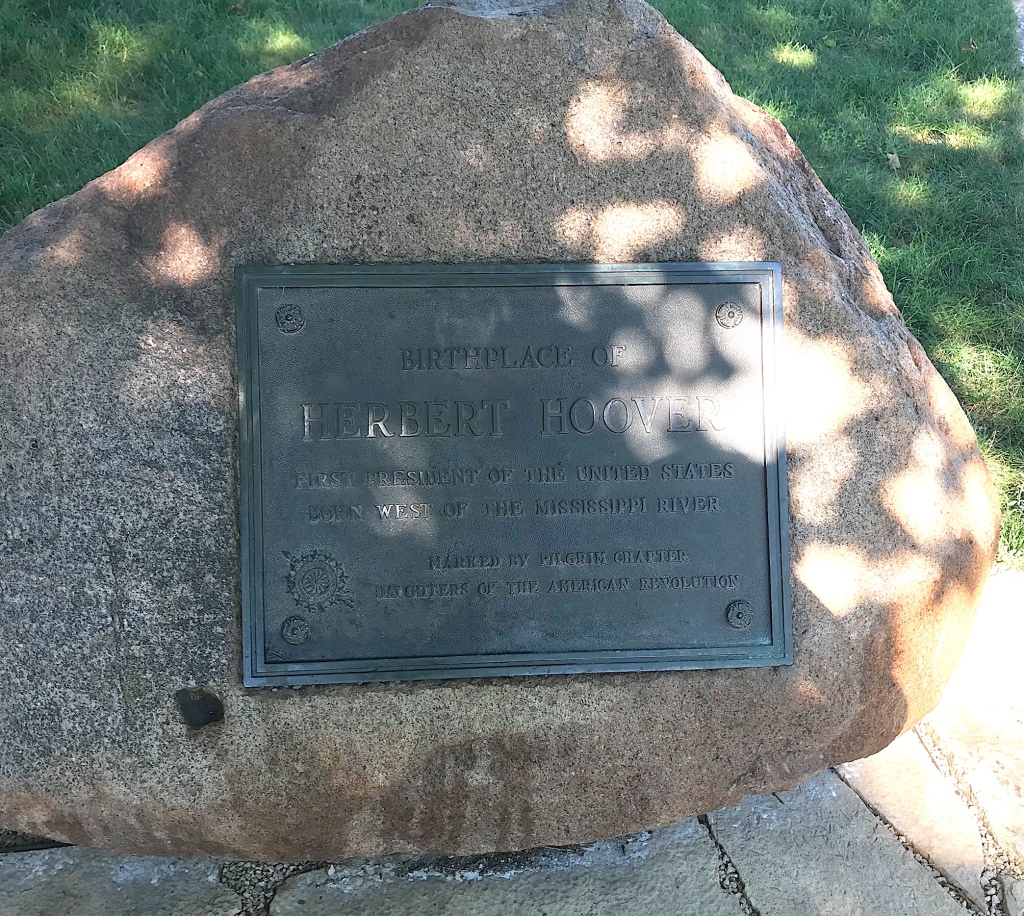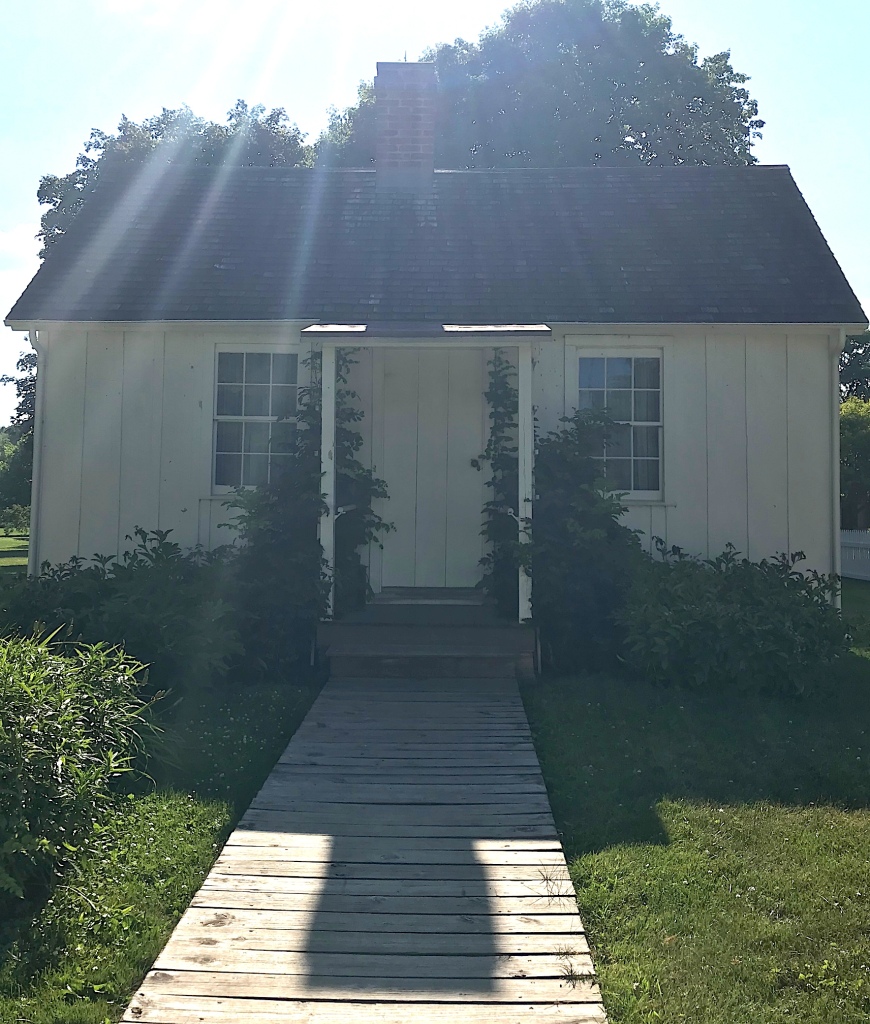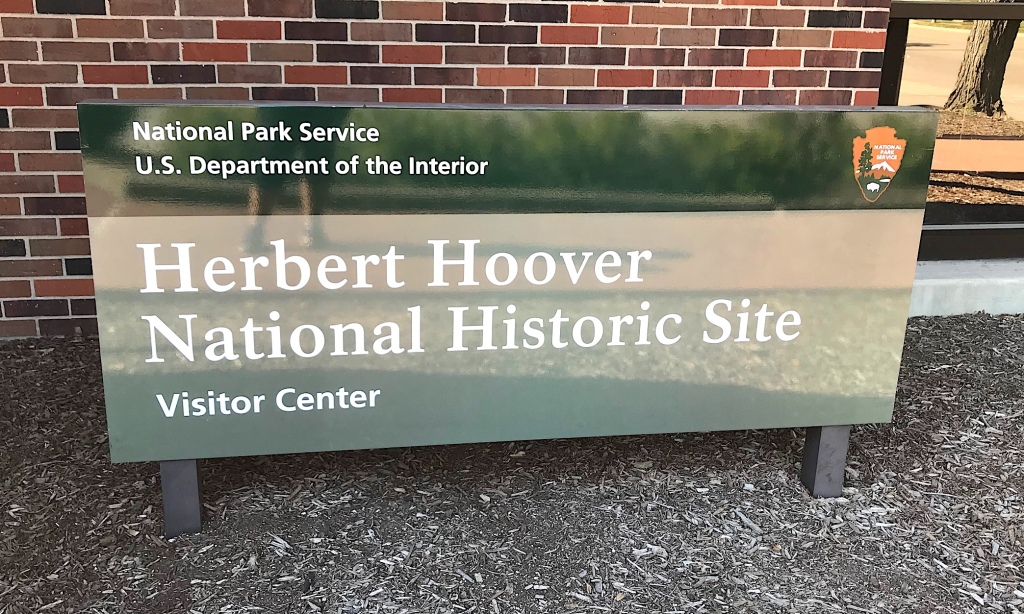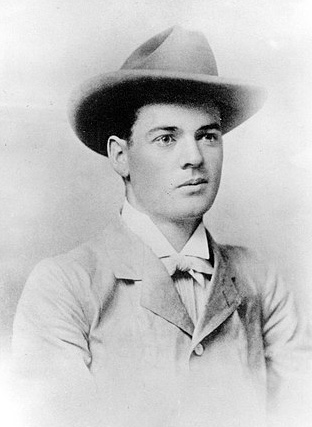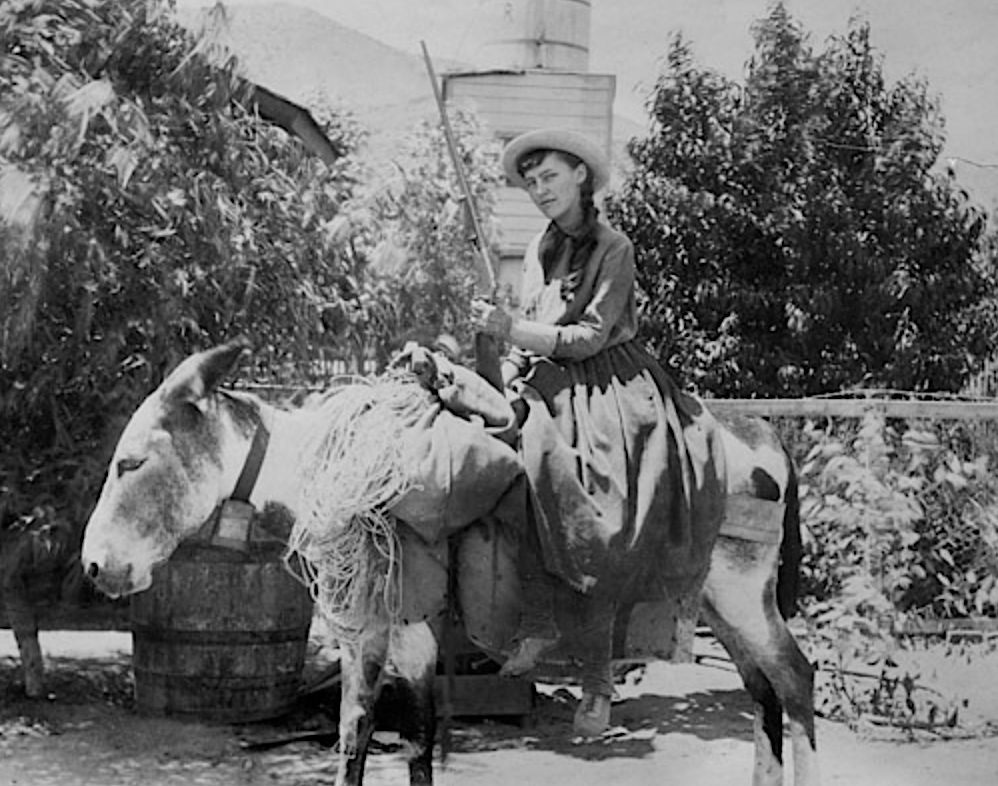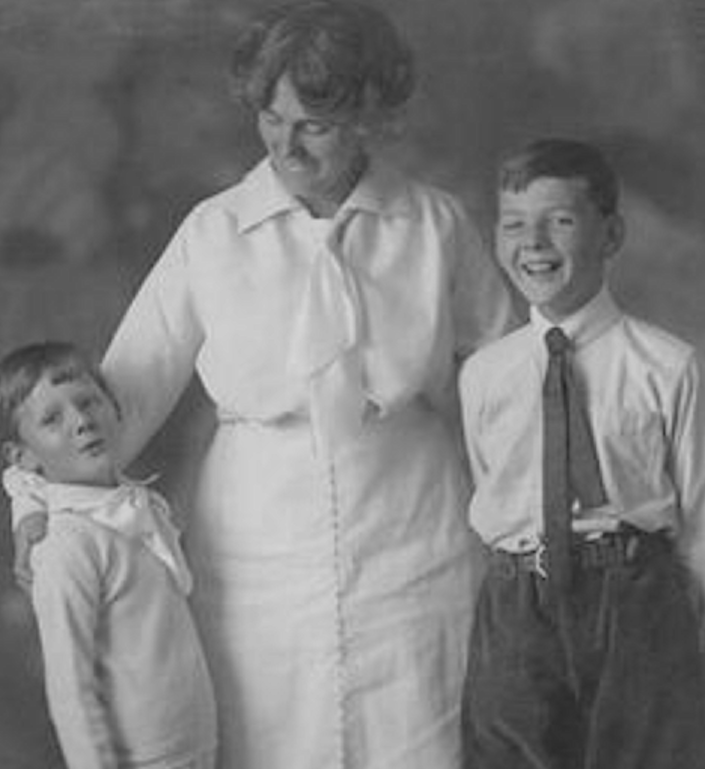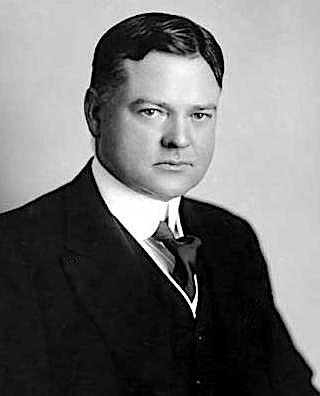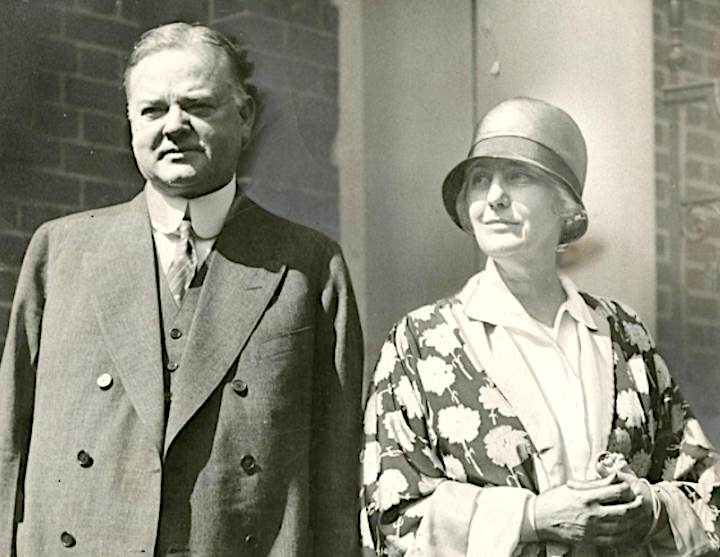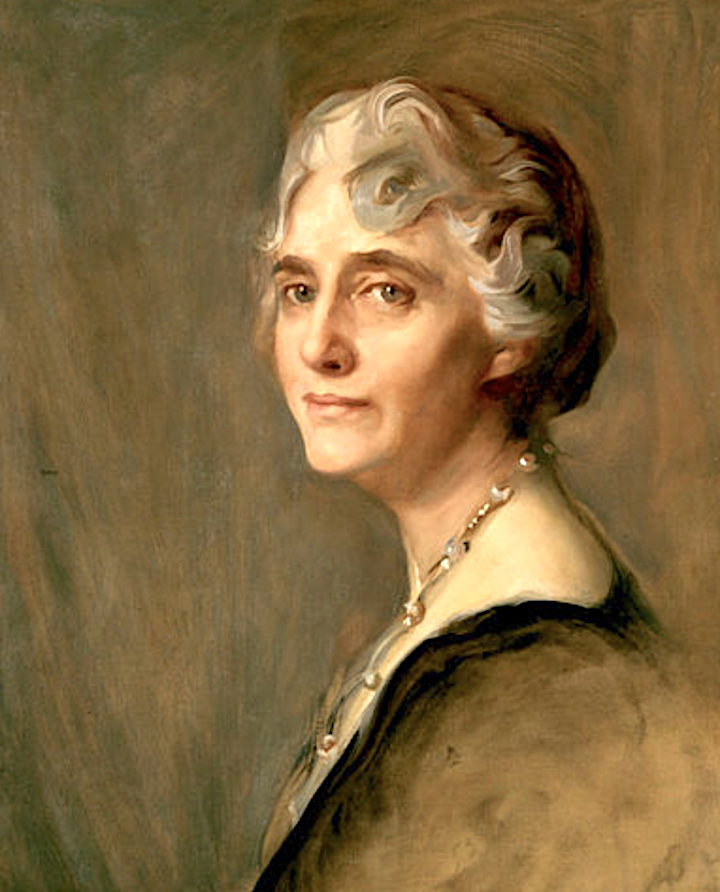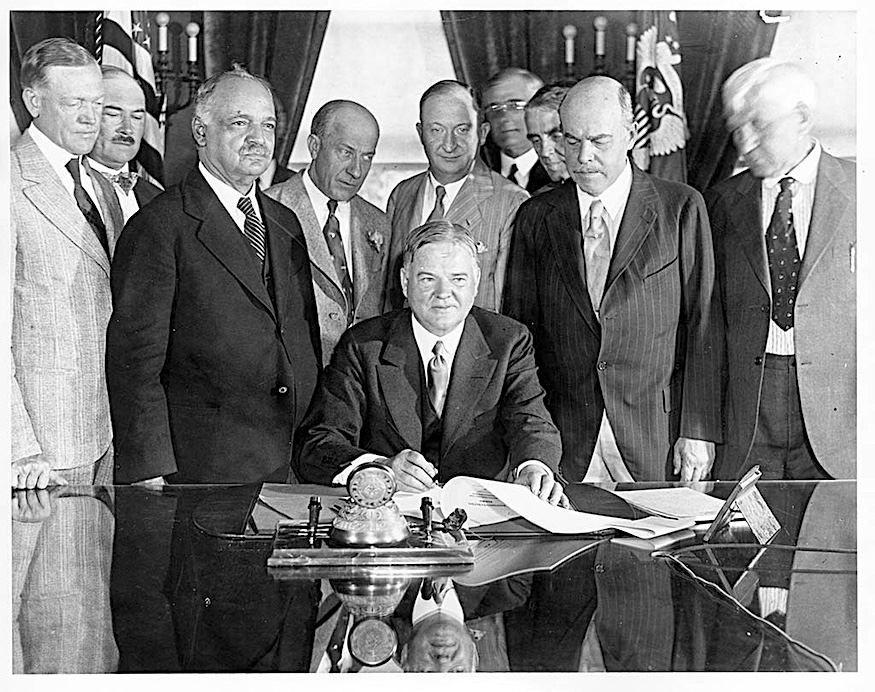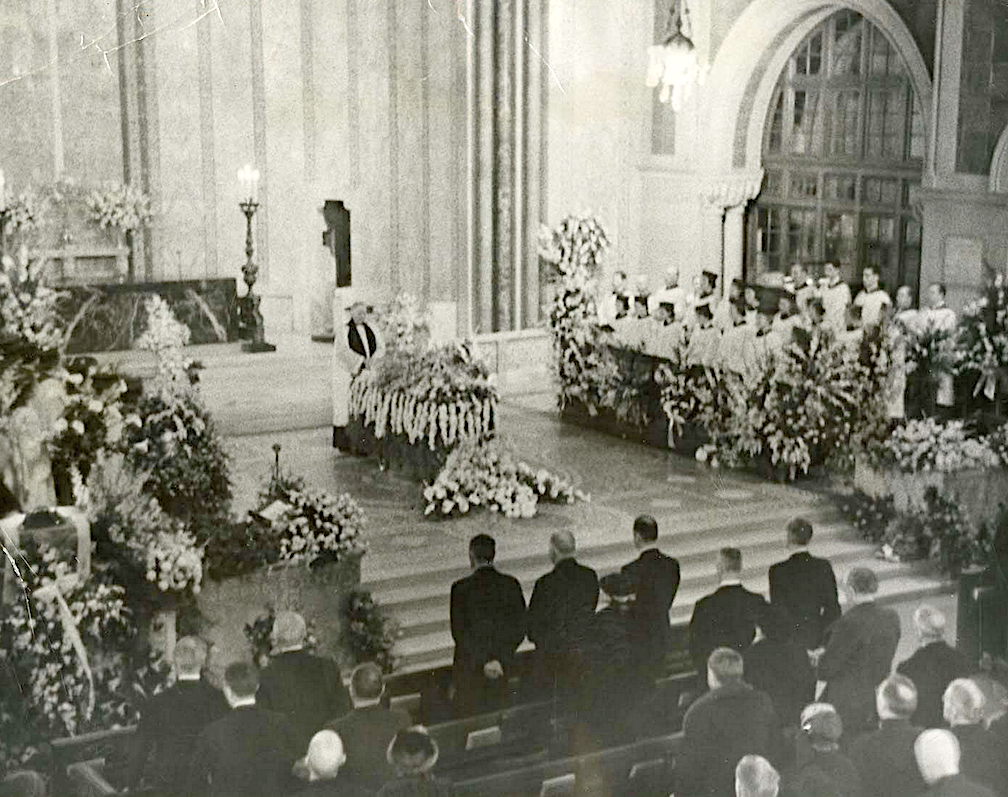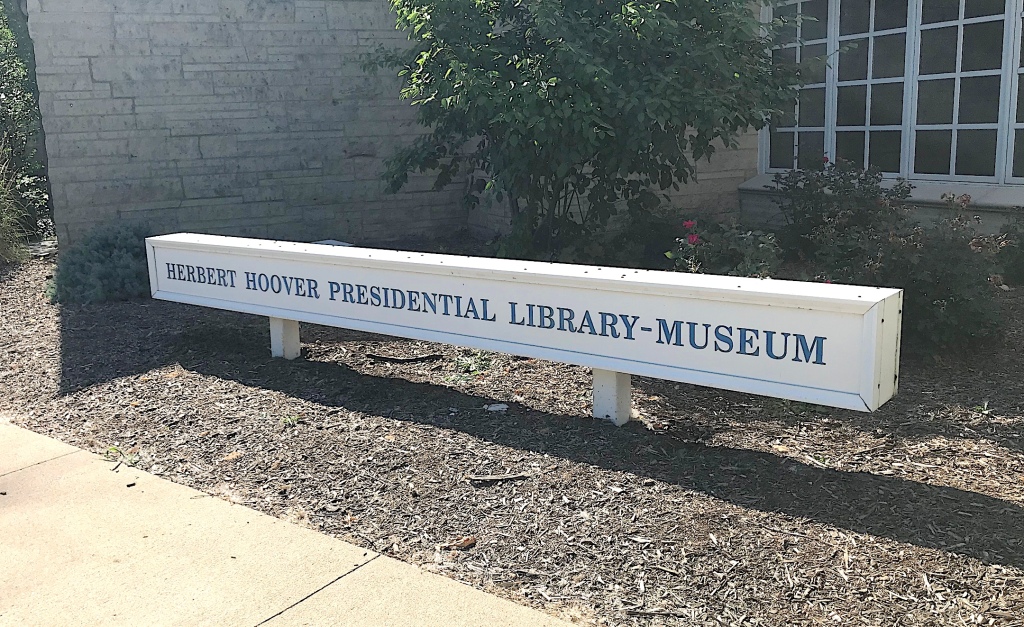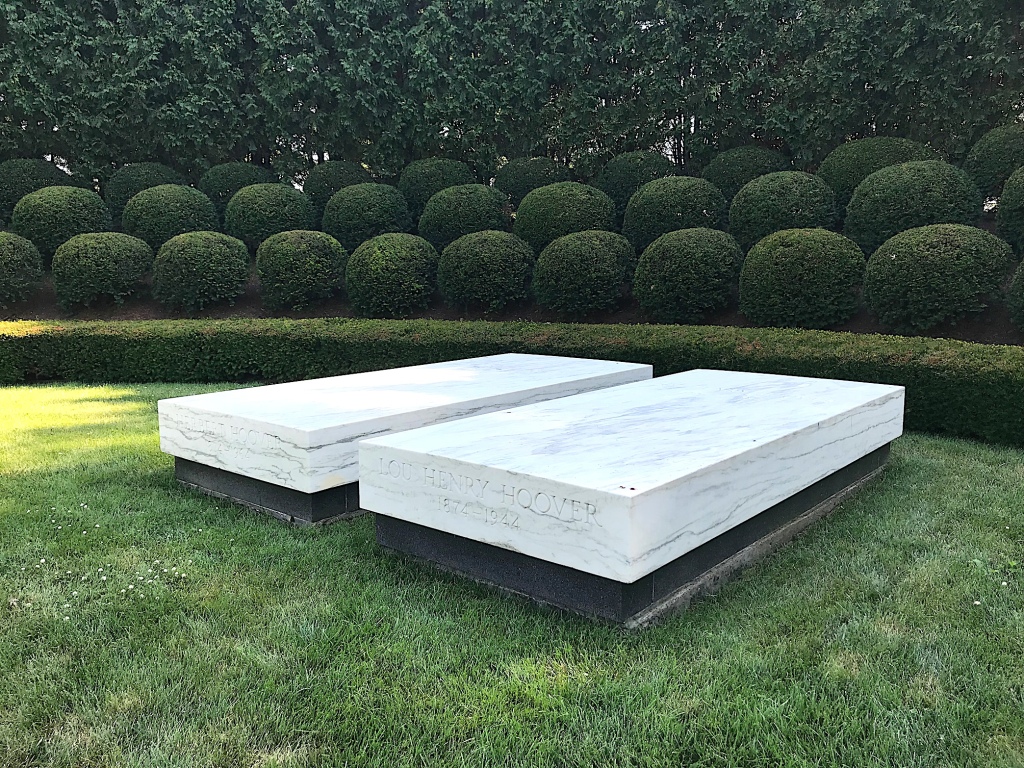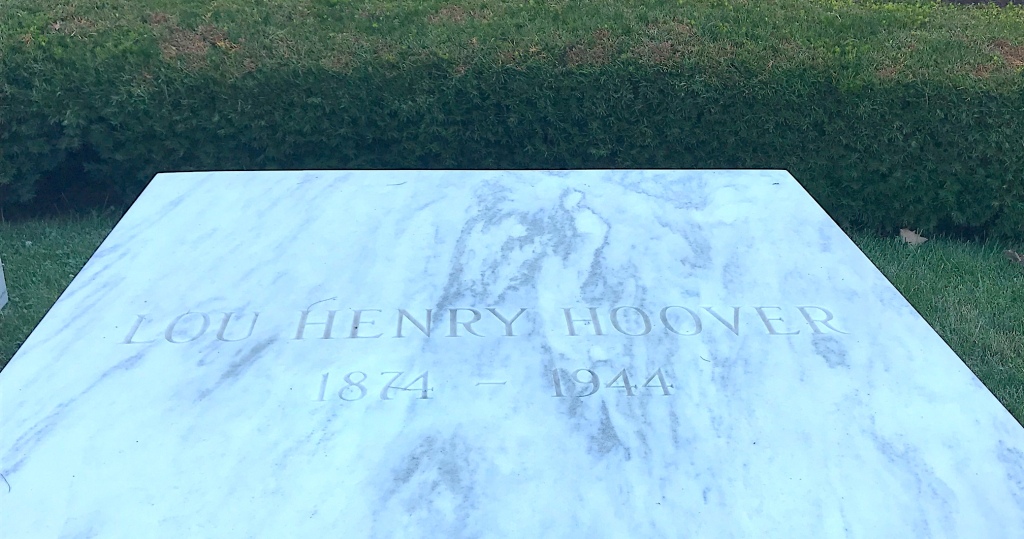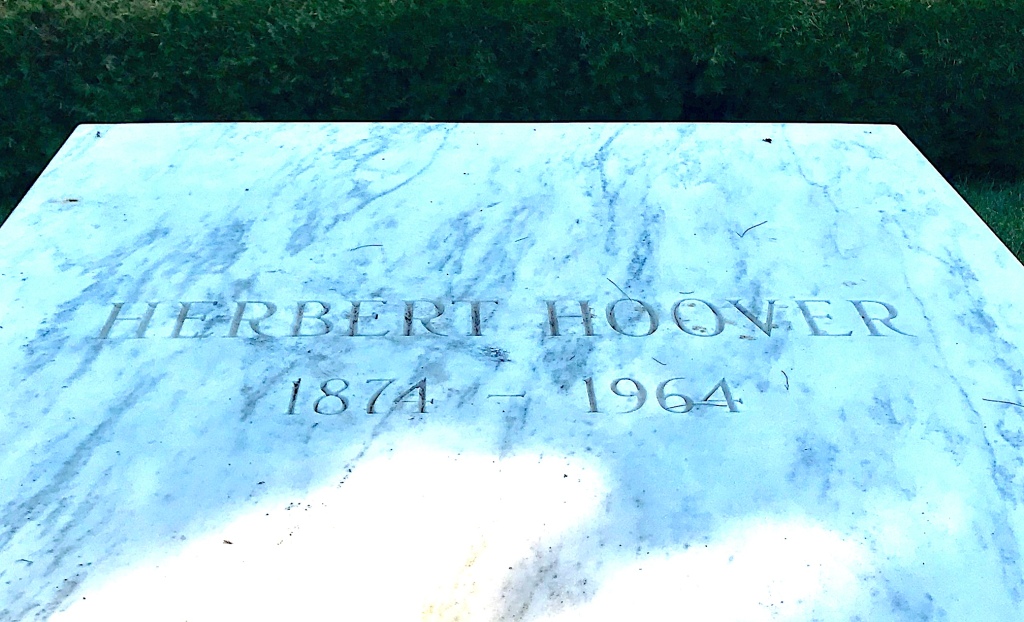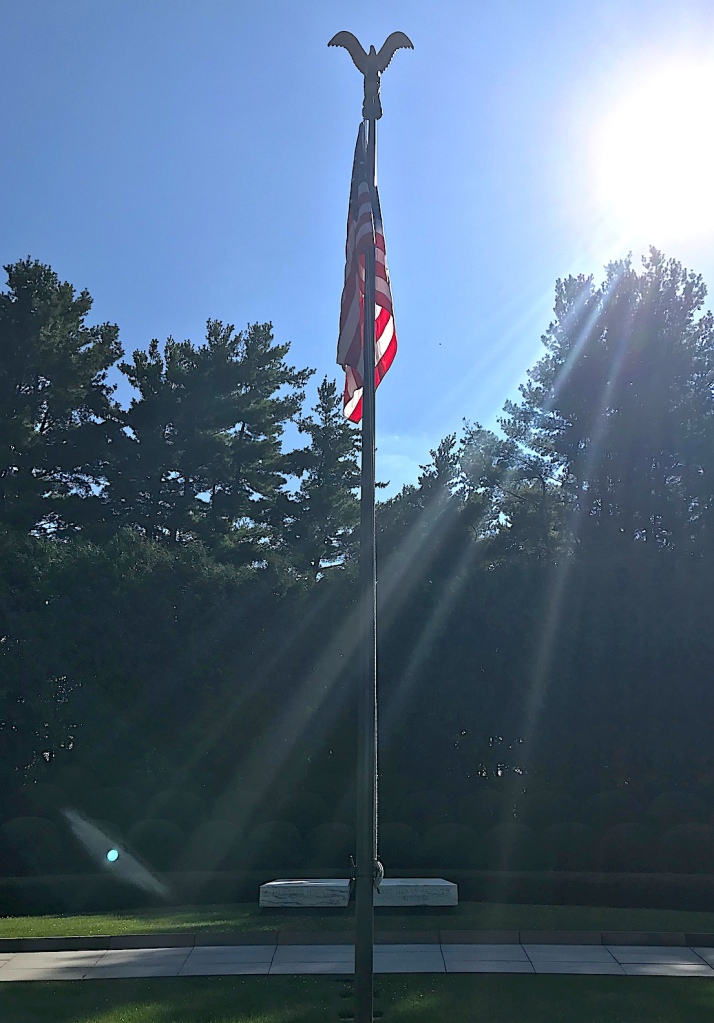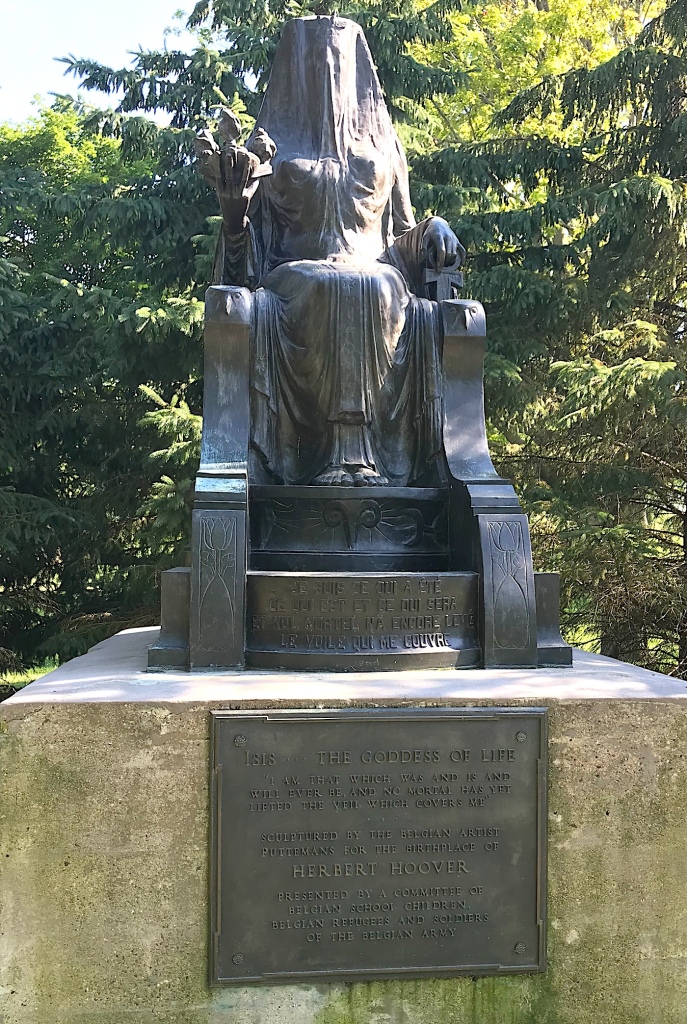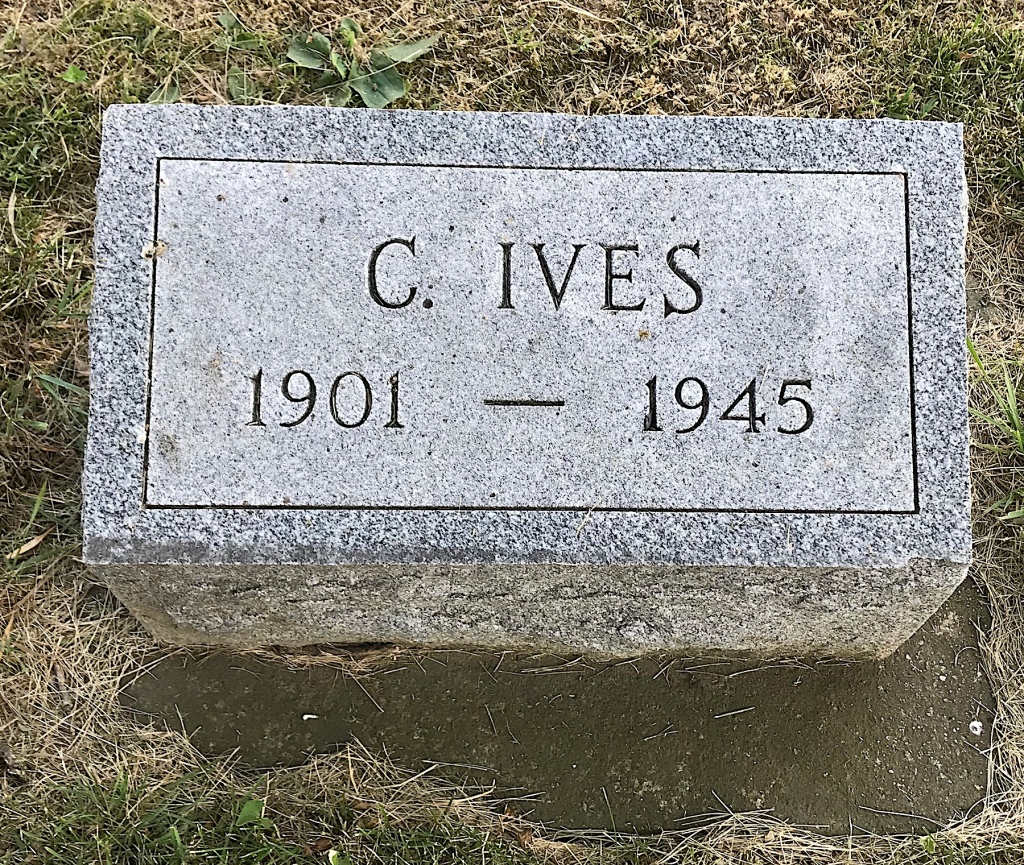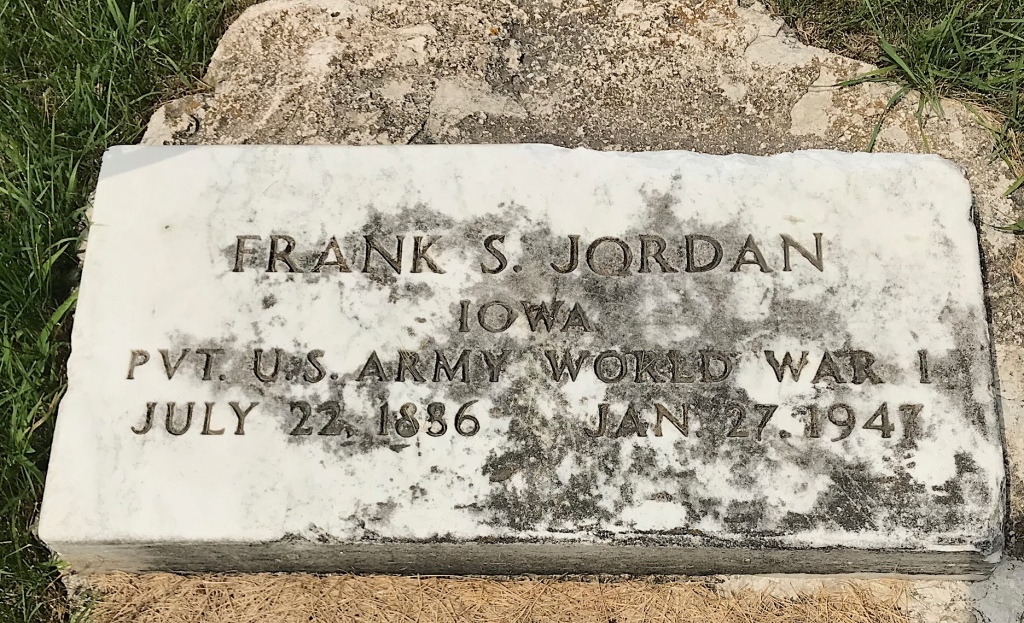Now that we’ve gotten the history of Westminster Abbey out of the way, what better time than now to start visiting some royalty?
There plenty to talk about when it comes to Queen Mary I (1516-1558) and her half-sister, Queen Elizabeth I (1533-1603).

Queen Mary I
Born on Feb. 18, 1516 at Greenwich Palace (which no longer exists), Mary was the only surviving child of Henry VIII and his first wife, Catherine of Aragon of Spain. People tend to forget that Henry and Catherine were married for more than 20 years before divorcing her to wed Anne Boleyn.
After her parents’ divorce around 1533 and Henry’s break with the Catholic Church, Mary eventually lived at Hatfield with half-sister Elizabeth. She did have some pity for Elizabeth after Anne Boleyn was beheaded in 1535. At that time, Elizabeth was ousted from favor and had little contact with her father. It was thanks to Mary that Elizabeth became closer with him.
During her father’s final marriage to Catherine Parr, Mary was brought back to court and named in her father’s will in the line of succession.

Mary succeeded to the throne on the death of her brother Edward VI in 1553. Once in power, Mary took action to return England to Catholicism. She also resurrected the laws against heresy, and as a result, nearly 300 Protestants were burned at the stake. Her moniker “Bloody Mary” was well earned.
Mary married Prince Philip of Spain in 1554, which didn’t please her subjects. At age 37, she was 10 years older than her new husband. She insisted that he be given the title of king consort and all official documents bear their joint names. However, Philip left England to return to Spain a few years later when he realized he would have no heir with her.
Death of Queen Mary I
Dying childless on Nov. 15, 1558 at age 42, Mary was buried in a vault in the north aisle of Henry VII’s Lady Chapel in a coffin, above which the large monument we see today was later erected. Most of the monarchs at Westminster Abbey are buried beneath the Lady Chapel. Henry VII spent a great deal of money on it, which was begun in 1503 but not completed until 1516, nearly six years after his death.

Queen Elizabeth I
Queen Elizabeth I was the daughter of Henry VIII and Anne Boleyn and like her half-sister, she was born at Greenwich Palace on Sept. 7, 1533. When Henry tired of Anne and had her beheaded so he could marry Jane Seymour, Elizabeth was unceremoniously tossed aside. Her household was allotted little money but she did receive a good education.
From time to time, depending on her father’s mood, Elizabeth was brought to the English court where she impressed Henry VIII with her intellectual prowess. She developed a relationship with her stepmother, Henry’s fifth wife, Katherine Howard, only to see her beheaded. It’s small wonder that Elizabeth had little trust in marriage by this time.
By now, Elizabeth and Mary were not exactly “bosom friends” for many reasons. The largest bone of contention was their religious differences. Not surprisingly, Mary was staunchly Catholic like her mother Catherine and had married a Catholic. Elizabeth favored her father’s Church of England, which had replaced the Catholic Church when he divorced Catherine of Aragon.
When Mary died in 1558, Elizabeth was crowned queen at Westminster Abbey on Jan. 15, 1559. She ruled for 44 years until her death on March 24, 1603 at age 69. She never married and had no children.

Two Sisters, One Monument
Here’s where it gets interesting!
As I noted earlier, Mary’s coffin was placed in a vault in the north aisle of Henry VII’s Lady Chapel. After Elizabeth died, the monarch who replaced her, James I, had Elizabeth’s coffin placed on top of Mary’s in the vault. I don’t think that was an accident.
Grace, our tour guide, shared with us that what came next was rather fitting considering how much the two sisters couldn’t stand each other.
When you walk into the north aisle, this is what you see. Made of white marble, the monument is massive. Commissioned by James I, it was made by sculptor Maximilian Colt and painted by John de Critz. The recumbent effigy resembles portraits of Elizabeth in old age. According to Westminster Abbey’s web page, the cost was £1,485 at the time.
As you get closer, you’ll notice something. There’s only one effigy resting on top of the base enclosed under the canopy, and that’s of Elizabeth I. Mary is nowhere to be seen! Below is a photo of the only mention of Queen Mary I.

To get some idea of what the monument looked like in its earlier days, this is a 1620 engraving of it from London’s National Gallery.

The roses and fleur-de-lis were prominently placed on the railings around the monument.
Princess Sofia
After you’ve seen Queen Elizabeth I (and pondered poor Queen Mary I’s lack of presence), you’ll notice at the end of the north aisle there are monuments to some royal children worth mentioning.
To the left is Princess Sofia, born on June 23, 1606 and died the next day at Greenwich Palace. She was the fourth daughter of James I and Anne of Denmark. Below is an engraving of her monument.
Sophia’s monument resembling a stone crib was designed by Maximilian Colt, and painted and gilded by John de Critz (they created Elizabeth I’s monument). The tomb is carved with lacework and an embroidered velvet cover. I didn’t get a very good photo of it. The angle at which it is placed makes it impossible for you to see the effigy’s face, so they have a mirror in place.
The Latin inscription on the end of the monument is translated below:
Sophia, a royal rosebud untimely plucked by Fate and from James, King of Great Britain, France and Ireland, and Queen Anne her parents, snatched away, to flower again in the rose garden of Christ, lies here. 23rd June, 4th year of the reign of King James 1606.
Princess Mary
To the right of Princess Sophia is her older sister, Princess Mary. Born on April 8, 1605 at Greenwich Palace, she was the third daughter of James I and Anne of Denmark. She lived 17 months before succumbing to pneumonia on Sept. 16, 1608.
Her effigy, created by Maximilian Colt, represents a young girl wearing a mature dress, with the traditional ruff, carved in ivory.
It reads:
I, Mary, daughter of James, King of Great Britain, France and Ireland and of Queen Anne, received into heaven in early infancy, found joy for myself, but left longings for my parents, on the 16th of September, 1607. Ye congratulators, condole: she lived only 1 year [sic, according to Everett Green] 5 months and 88 days.
Princes in the Tower?
You may be wondering what this item is located behind Princess Sophia and Princess Mary. I admit that I didn’t pay much attention to it at the time.
I learned this was a monument created for the so-called Princes in the Tower, Edward and Richard. Their story is long and complicated. William Shakespeare wrote about them in his play, “Richard III”.
The princes, sons of Edward IV and Elizabeth Woodville, were born during the Wars of the Roses. After Edward IV’s death in 1483, his brother the Duke of Gloucester (later Richard III) became Lord Protector of Edward’s son and heir, the 12-year-old Edward V. The Duke immediately placed Edward in the Tower of London, closely followed by his nine-year-old brother Richard, for “their protection”.
What became of these two boys remains a mystery but they were never seen alive again. It’s long been believed that Richard III, who was crowed king in 1483, had them murdered. This has been debated for centuries with many theories having been put forth about it..
Nearly 200 years later, in 1674, King Charles II ordered the demolition of what remained of the royal palace to the south of the White Tower. The location included a turret that once contained a privy staircase leading into St. John’s Chapel.
Beneath the foundations of the staircase, some 10 feet below the ground, workmen found a wooden chest containing two skeletons. It was concluded that they were the bones of children. Charles II had them interred at Westminster Abbey in the later 1670s and they’ve been there ever since in the monument you see today.
In 1933, the remains were forensically examined and thought to be the bones of two boys between 10 and 12. But testing was not exactly precise in those days, so doubts remain still today if it truly is Richard and Edward. We’ll likely never know.
I’ve got more royal tombs for you so come back for more in Part III!




























































